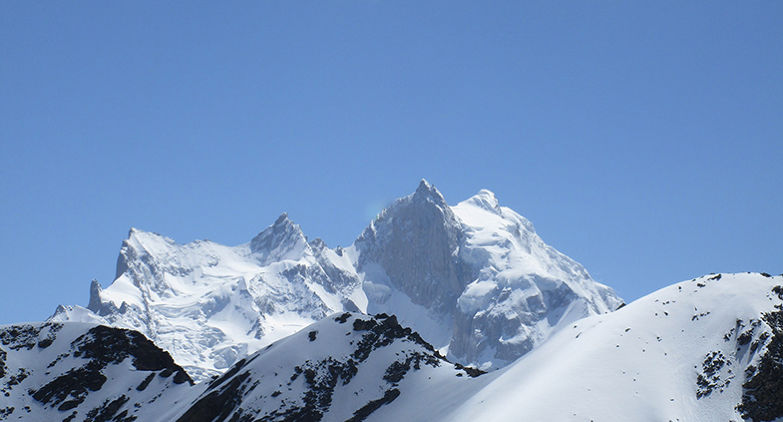Har Ki Dun Trek : Reasons To Visit

Reasons To Visit Har Ki Dun Trek
Har Ki Dun Trek can be considered as one of the crown jewels for the trekking world. The trek to Har ki Dun is one of the most popular treks that happens in the country. The picturesque vistas of the valley keeps the trekker engrossed throughout the trek. The alpine vegetation and rhododendrons fields are some of the enchanting vistas that can be witnessed during the trek. The snow-covered mountains and lush green meadows adds to the appeal factor of the Har ki Dun trek. The trek to Har ki Dun can be done in around seven to nine days.
Har Ki Dun Trek Distance
The distance covered under the Har ki Dun trek is approximately 46 kilometers. The trek can be considered as between easy to moderate trek on the difficulty scale. The maximum height to which a trekker will trek to during the Har ki Dun trek is 12,000 feet. The trek to Har ki Dun commences from a tiny village called Sankri. The village of Sankri can be easily reached through the cities of Dehradun and Mussoorie. One needs to first reach Dehradun or Mussoorie and then move forward on road to reach the tiny hamlet of Sankri.
Best Time To Visit Har Ki Dun
The best time to undertake the Har ki Dun trek is from the months of March to June and from September to December. During these months the pleasant weather ensures that the trekkers have a delightful experience.
There are several reasons that incites a person to undertake the Har ki Dun trek. The reasons that make Har ki Dun trek a perfect trekking experience are as follows:
Picturesque Scenery
The trek to Har ki Dun valley offers some of the most alluring vistas ever. The green carpet of meadows, the snow-capped mountains, the dense forests, the orchids fields, the alpine vegetation, the cascading waterfalls, the shining lakes, and rivers all come together to form the alluring vistas and scenic landscapes of the Har ki Dun valley. The trekkers are bound to fall in love with the stunning beauty of Har ki Dun valley during the trekking expedition. The trek to Har ki Dun valley also offers a view of some of the mighty peaks of the country such as Black Peak, Bandarpooch, Swargarohini I, Swargarohini II, and Swargarohini III.
Captivating Villages
There are several villages that are crossed during the Har ki Dun trek. Each and every village offers visitors a delightful vistas and rural experience. The villages that one can visit during the trek to Har ki Dun are Osla, Sankri, Taluka and Jhakhol are some other small villages. While on a visit to these villages, the visitors get a sneak peak into the amazing rural lifestyle of the mountains. Each and every village has a very unique atmosphere, vibe and energy that instantly draws a visitor into its world. The villages have remained hidden for many years and retain the traditional local cultures.
Stunning Campsites
Staying at campsites are part and parcel of a trekking expedition. What makes the campsite at Har ki dun Valley so special is the infinite beauty that one gets to experience. The tents are pitched in unique geographical locations such as riversides, dense forests and green meadows. The campsite allows a trekker to experience some of the most enchanting night skies in the mountains. The star-filled night sky along the bonfire is the perfect camp experience. One will even get the chance to witness the most stunning sunrise through the campsite( if you wake up early in the morning). Enjoy the majestic views of the Himalayan range and the valley from the exquisite campsite.
Spectacular History
The Har ki Dun Valley is also famous by the name “Valley of Gods”. There are several mythological tales and beliefs that wrap around the entire valley. Each and every place of the valley has a very important mythological importance. The myths and legends of the valley extend to the Mahabharata era. Along with Mahabharata, the valley is tied to several tales, myths and legends of Hindu mythology.
The above-mentioned reasons are enough to make a person dream and plan their next vacation as the trek to Har ki Dun trek. Be a responsible trekker and trek safety.






